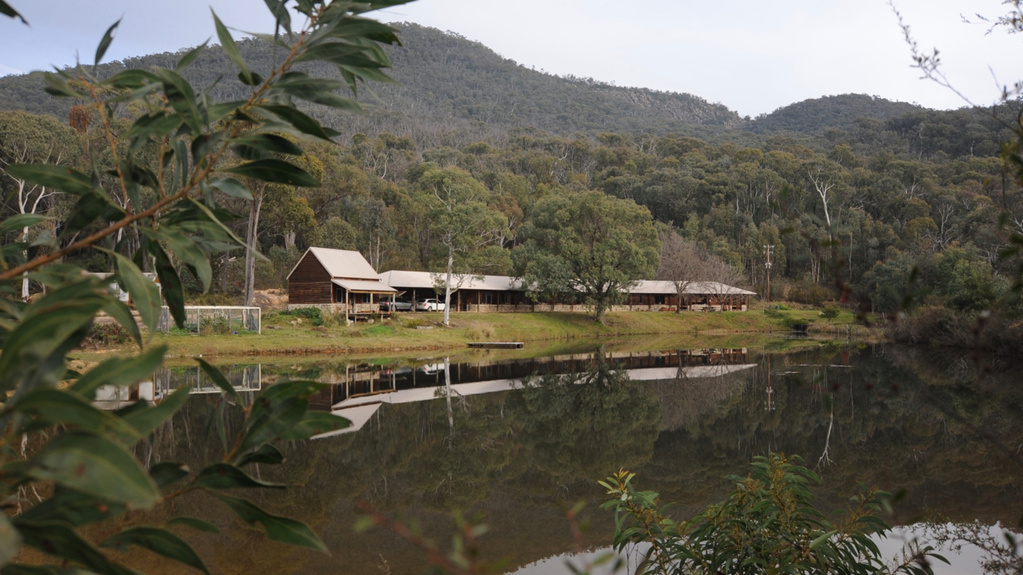
Ceramicist Janet DeBoos has balanced her commitment to her rural community with involvement in global organisations, particularly the International Academy of Ceramics. Her journey reflects questions we all face in balancing home and world.
Where do you want to end up in the world? Do you want to stay local and develop the community at hand, or seek the bright lights of international recognition? Janet DeBoos’ career reveals a great deal about the balance between home and the allure of international success. I asked her to share her journey.
Janet’s home is on Doctors Flat Road, an unsealed track that takes you through the Brindabella Range. It’s an idyllic Australian bush setting. Amid the red stringybark bush can be found rare species such as the yellow-bellied glider and the Booroolong frog. It’s where the Ngunnawal people hunted the Bogong moth. The author Miles Franklin grew up there, enchanted by its lyrebirds.
- Local kids workshop
- Neighbourhood party for woodskills weekend
- Throwing space
- Studio throwing spot
- Doctors Flat Road
- After the bushfires vase
Meanwhile, her craft has taken her to the far corners of the world. Initially trained as a scientist, Janet’s clay journey began after she took evening classes at St George Technical College (now part of the National Art School) when she was encouraged by master Peter Rushforth to pursue it full-time. She combined teaching and production, establishing Brindabella Pottery in 1982.
The world opened up at the 1996 National Ceramics conference in Canberra, which included a visiting Chinese professor, Zhang Shouzhi. Janet met him again later that year at the First International Symposium for Western Teapot Makers in Yixing. She also met Suzanne Wolfe, a Sinophile who invited her to East West Collaborations in 1997, when she was able to work a month at a time alongside Pacific Rim artists from South Korea, Japan, China, Taiwan, Singapore, the US and Canada. “All became lifelong friends.” Professor Zhang also invited her to Tsinghua University and an industry conference in Zibo, where she was taken on a tour of the bone China factory that she subsequently worked with most, Huaguang Zibo Bone China.
He was very industry-connected, highly respected and, when he left academia, he became an official Government Advisor on Ceramics. We remained close, and he subsequently helped me in mentoring young ceramic artists from Australia who wanted to connect with the Chinese industry.
Her life in the international sphere expanded in 2003 when she became a member of the International Academy of Ceramics, representing Australasia and Africa. These international exchanges gave her a sense of belonging. While frustrated at the academy’s northern bias, Janet did find benefit in being with “like-minded people… you are no longer a lone voice”.
Given this global camaraderie, I asked Janet if she would be attracted to the idea of an “Island Ceramica”, populated only with people who shared her interest in clay. She recoiled at the idea, “But there would be no discussion!”
“One of the things that I love about living where I do is that it’s not an enclave of artists, it’s not a comfortable little ceramic community. It’s a wool-growing area, wool and beef. There are a lot of people who live out there who are very close friends. We have hugely different political views, but we have the same interest in ideas. We can talk about them. It doesn’t matter whether you decide to crutch sheep or not.
“Doctor’s Flat Road is 26 kilometres long, but we still have street parties. The local schoolteacher organised workshops for local artists to work with the children. They came to experience pottery at my workshop.”
As well as children’s workshops, there’s a Dragon Dreaming festival on the riverbank at Wee Jasper that attracts up to six thousand visitors. The Wee Jasper Bridge Club hosts the Nephale Award for cloudwatching, which Janet herself won this year.
Like Janet, there are many situations where we have to strike a balance between local and international opportunities. Should we hunker down in the blissful world of Doctor’s Flat Road or head off into the skies for distant horizons? Should I take the time and money to create work for a prestigious prize, such as the Cheongju Craft Biennale or prioritise building a local following? Should I send my article to an international journal or a local magazine?
The advantages of going international are obvious. International recognition offers both cultural and economic capital. There is also the creative stimulation of presenting one’s work to such a diverse group of people. And there’s conversational cache in having just returned from a distant place.
But there is a darker side. The international can become a nowhere land. When we pass through the airport terminal on our way to the award ceremony or biennial exhibition, we witness a parade of global brands, such as Hermès, Starbucks, and Krispy Kreme. The airport has been described as a global shopping mall with runways. The aspirational appeal of those brands has a homogenising effect in the international world.
Similarly, we can see a certain sameness in craft on the world stage. The Loewe Craft Prize has a cool modernist aesthetic that excludes more colourful work with a powerful story. Schmuck in Munich profiles jewellery art that is abstracted from its local context. The international stage suits those whose work can readily be translated across cultures, which favours form and material rather than story.
Yet to turn one’s back on the world has its drawbacks. It’s easy to feel like a big frog in a small pond. We witness this especially now in the inward turn in countries like the USA. As Heraclitus says, “Still waters run stagnant.”
How can we reconcile home and the world?
It’s an old question. Johann Wolfgang von Goethe provided an answer two centuries ago. In the late eighteenth century, Goethe felt stultified in the Weimar court, where he assisted the local Duke. To escape the tedium, he decided to travel to “the land where lemons blossom” and set forth on a journey through Italy that lasted over two years. But by the end, he felt the pangs of exile. His Italian Journey (1817) concludes with a quote from Ovid, the Roman poet who was banished and never returned home: “I remember the night when I left behind so many dear things.” Goethe then returned to Weimar, determined to focus on artistic pursuits, which led to his classic works such as Faust.
There is a temptation, experienced by Faust, to ascend into the international heights. “Restless activity proves the man.” But after a while, you find that there’s nothing to plant your feet on. The universal is not in a higher abstract realm; it is in the particular, with a time and place that we are part of. Finally, Faust yearns for a singular place: “Oh tarry yet, thou art so fair!”
As home to stories from 87 different countries, Garland magazine is itself in danger of homogenisation. Like the United Colors of Benetton, we could appear to promote a superficial global diversity. We try to avoid this trap by focusing on the maker’s voice. Writers are encouraged to tell local stories, referencing the place and weather.
Why would we be interested in someone else’s place? Garland’s stories counter the lure of the airport world. They tell us that we can be true to our own place in the world, yet still in dialogue with those elsewhere. It offers a horizon, but one within reach.
Similarly, the World Crafts Council was established in 1964 as an antidote to globalisation. At its New York inauguration, Dr D’Arcy Hayman from UNESCO warned, “The early signs of a merging of great and richly varied world art forms into one large, anonymous style bring us grave concern.” Since then, WCC has hosted many gatherings where makers from many different lands come together, inspire each other, and then return energised to make beautiful and thoughtful work.
The circle returns to where it begins.
About Janet DeBoos
 Janet DeBoos is a prominent Australian ceramic artist, writer, and educator with a career spanning over five decades. After completing a science degree and a ceramic certificate, she taught at various institutions before establishing Brindabella Pottery with Michael Wignall. DeBoos later became the Head of Ceramics at the Australian National University School of Art & Design, a position she held for over 15 years. Known for her expertise in glaze technology, she has authored several books, including Glazes for Australian Potters, and her work is held in major public collections internationally. She is recognized for her ability to blend functional and conceptual ceramics, often drawing inspiration from the Australian landscape and Chinese decorative arts. Visit janetdeboos.com and follow @janet_deboos.
Janet DeBoos is a prominent Australian ceramic artist, writer, and educator with a career spanning over five decades. After completing a science degree and a ceramic certificate, she taught at various institutions before establishing Brindabella Pottery with Michael Wignall. DeBoos later became the Head of Ceramics at the Australian National University School of Art & Design, a position she held for over 15 years. Known for her expertise in glaze technology, she has authored several books, including Glazes for Australian Potters, and her work is held in major public collections internationally. She is recognized for her ability to blend functional and conceptual ceramics, often drawing inspiration from the Australian landscape and Chinese decorative arts. Visit janetdeboos.com and follow @janet_deboos.

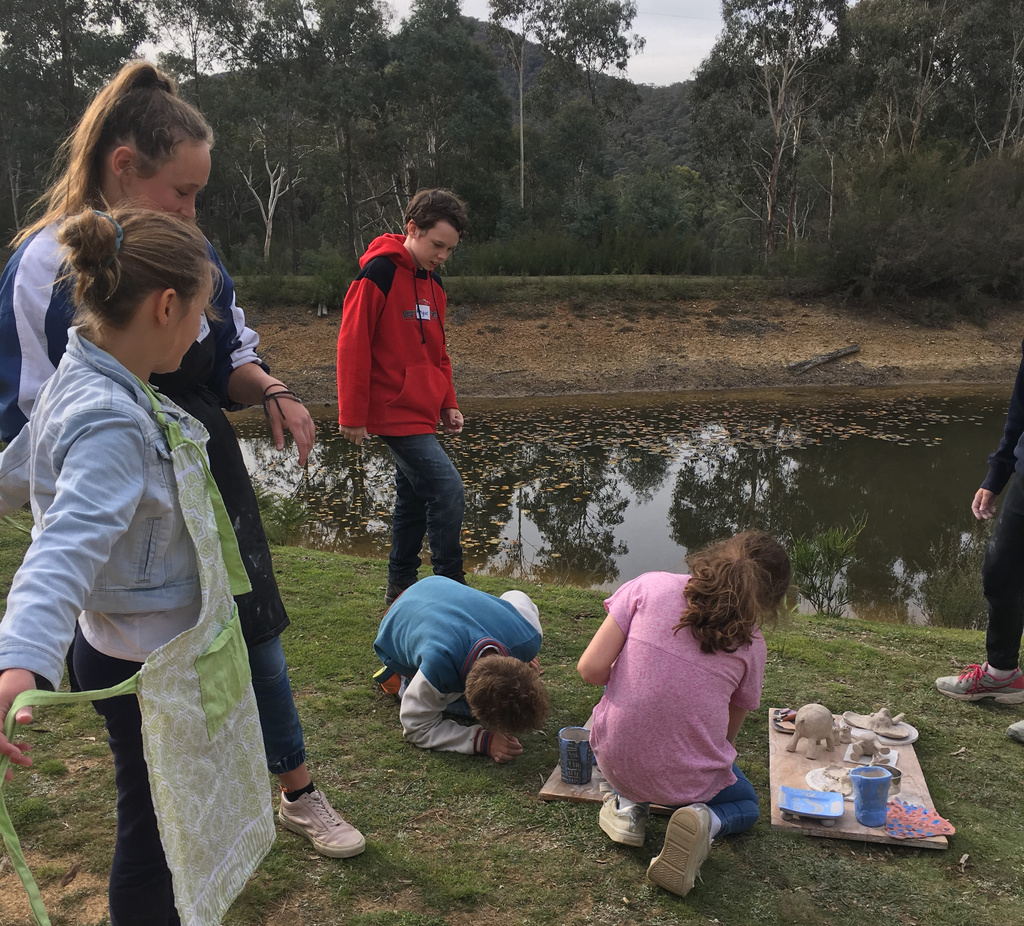
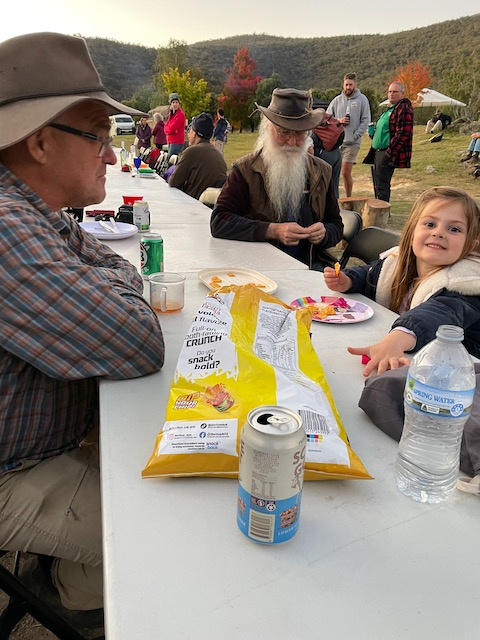
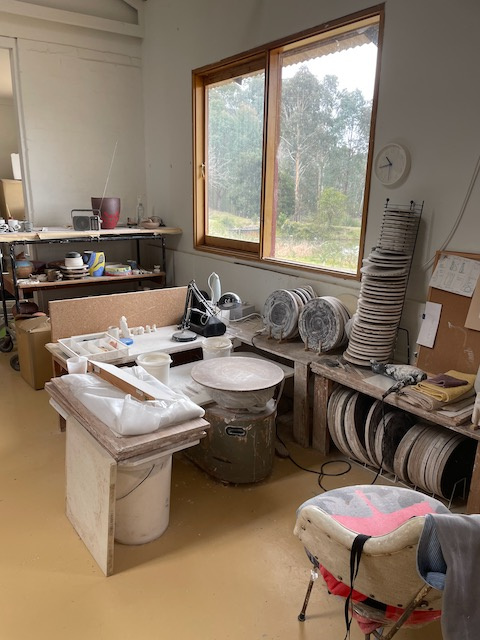
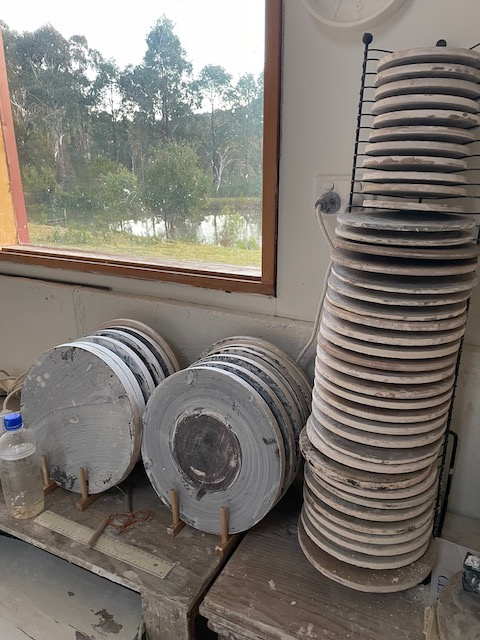
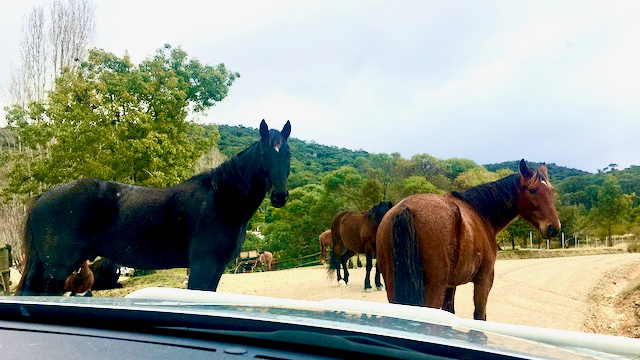
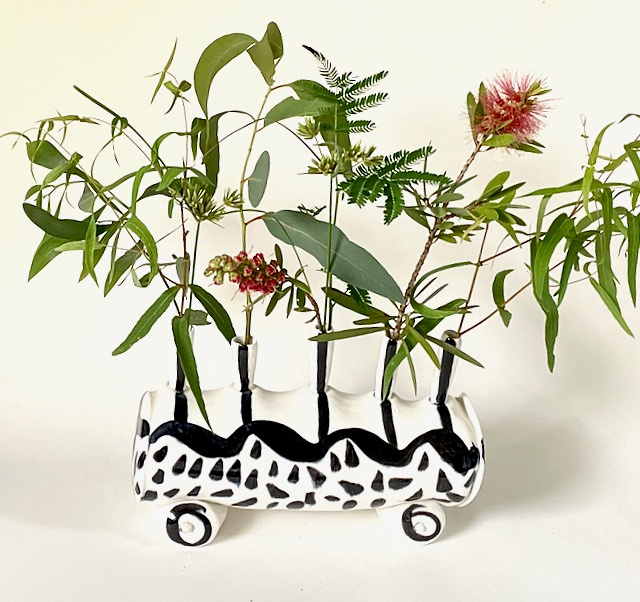
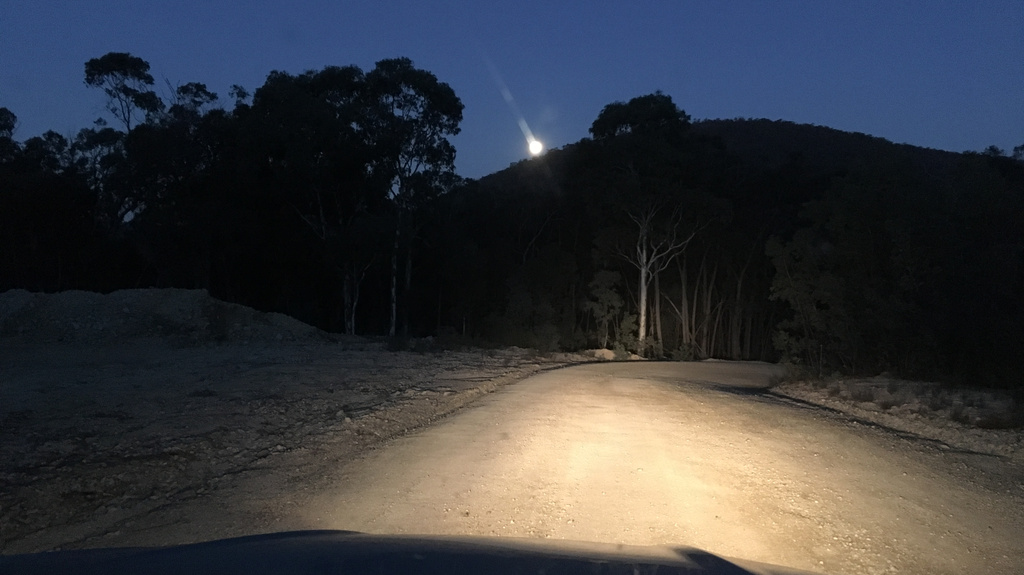

Comments
A lot of resonating for me in Janets conversation. The dilemma for us that have the privilege of choice, “should I stay or should I go? ” The Clash. I like the change of energy from solitary studio practice to adventure elsewhere. The annual rhythms of making and other also fits the workability of seasonal variations.
As to aspirations of industry recognition….is it an age/stage related consideration.